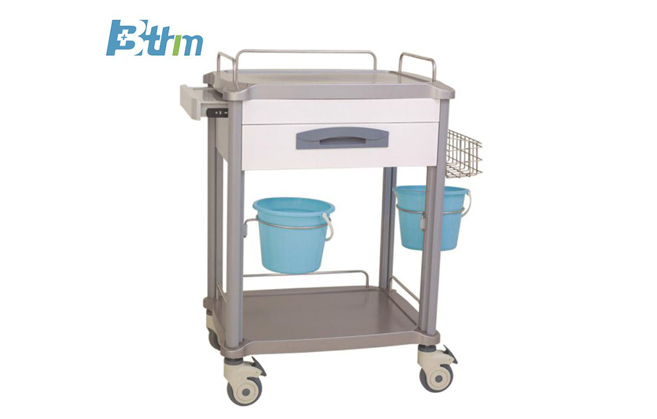Cleaning Hospital Beds
We know that COVID-19 has put tremendous pressure on hospital resources, especially the rising occupancy rate of hospital beds.
The increase in the number of beds not only brings the challenge of staff shortages but also makes it more difficult to keep the hospital beds clean, increasing the threat of infection spread. Ensuring beds stay hygienic and fit for use is a huge task.
Why is infection prevention for hospital beds important?
Beds and mattresses are the most common equipment in hospitals. Every patient needs his own bed. They are also one of the most difficult items to keep clean - anyone who has worked in the health care industry can attest to this!
Mattresses are often in contact with the patient's skin, which is a breeding ground for bacteria (some harmless, some less so). The mattress may also be exposed to body fluids due to open wounds or urinary incontinence.
In addition, this bed has to be handled by multiple staff members every day. From repositioning nurses to porters transporting patients in the hospital, everyone who touches the bed increases the risk of cross-contamination.
Even with strict handwashing procedures, beds and mattresses must be cleaned regularly.

Medical bed
How are the hospital beds cleaned?
At present, almost all medical beds and mattresses are cleaned by hand.
This is because they cannot be cleaned by automatic systems that use water and chemicals, as this will damage the electronic components.
Manual cleaning involves several lengthy processes, including removing the bed, wiping all headboards, bedsides, and other surfaces, before carrying out full mattress decontamination separately.
The current recommended method for decontamination of mattresses is to first wash the surface with detergent and water, and then rinse. The staff must use a chemical disinfectant with a pH value approved by the manufacturer within an appropriate contact time, followed by further rinsing.
The contact time of the disinfectant is generally about 5 minutes. Therefore, from dismantling the bed, cleaning, disinfecting, drying, and reassembling, the entire process may take 15 minutes or more.
A hospital bed is designed to offer a secure, safe, and comfortable environment for an individual to rest, heal, recoup, as well as get care in their home. Different from the conventional beds discovered in a lot of houses, a hospital bed provides greater security and positional convenience, allowing the head and foot sections to be raised or lowered as well as the height of the bed to be changed.
Hospital beds are available in numerous different designs, dimensions, styles, and from numerous different manufacturers that it can be frustrating trying to choose the ideal one for you or your enjoyed ones. So we hope the information provided can assist you to make your choice with self-confidence.
We are hospital beds manufacturers. Please feel free to contact us if you are interested in our products.






